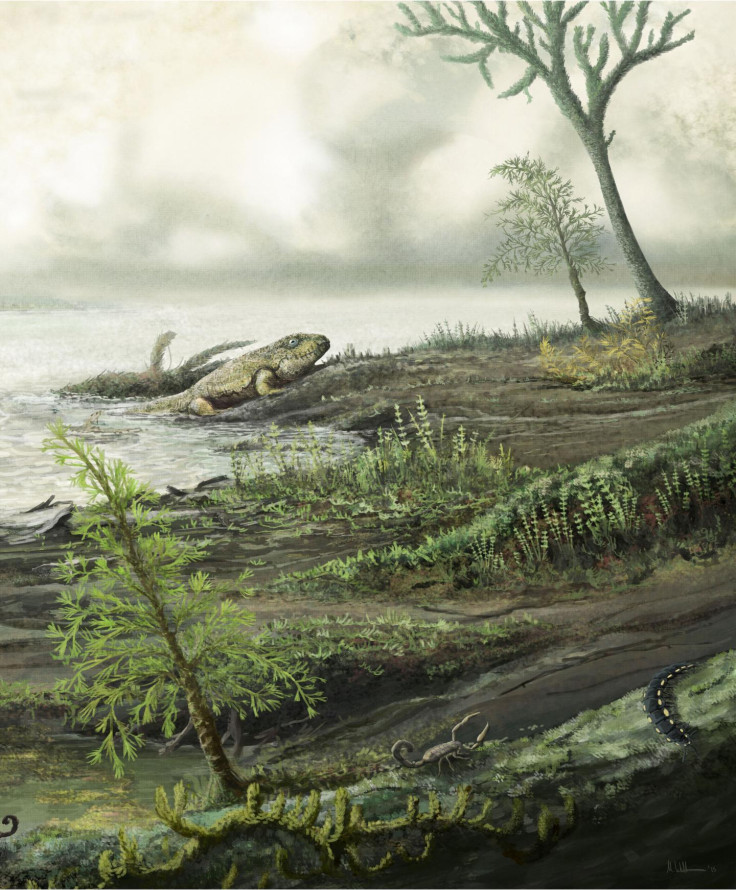Deadly 'superbug' resistant to nearly all antibiotics emerged on Earth long before the dinosaurs
Enteroccoci emerged with the first animals that crawled on land some 450 million years ago.

Antibiotic-resistant ''superbugs'' emerged on Earth 450 million years ago, long before the age of dinosaurs, scientists have said. Investigating the evolutionary history of the pathogen, they shed light on why superbugs, known as enterococci, are now so well adapted to the environment of modern hospitals.
Antimicrobial resistance is a major public health concern around the world. Enterococci in particular constitute an important threat. Although these bacteria are present in the intestinal flora of humans and animals, they can cause devastating infections in people with weakened immune systems.
An important proportion of these individuals get infected during a hospital stay. It is becoming increasingly difficult to treat them as enterococci's resistance to nearly all antibiotics is rising.
In the new study published in the journal Cell, scientists have investigated why enterococci are thriving inside hospitals, by going back to their origin millions of years ago.
They hoped their findings would help find new solutions to antimicrobial resistance.
Long before the dinosaurs
In this study, the team analysed the genomes and behaviours of 24 modern enterococcal species to retrace their long evolutionary history.
While the first bacteria emerged on the planet nearly 4 billion years ago, their work suggests that enteroccoci arose in the Palaeozoic era some 450 million years ago – around the time when the first animals crawled onto land and long before the dinosaurs.
Now present in the intestines of most land animals, these bacteria were also found in the gut of now extinct species. In fact, the scientists explain that new species of enterococci appeared whenever new types of animals appeared, including right after mass extinctions such as the End Permian Extinction 251 million years ago.

They also show that the traits that now facilitate the survival and transmission of these ''superbugs'' in the hospital environment represented a selective advantage in the Palaeozoic era. To survive in harsh conditions, the pathogens evolved to become naturally resistant to dryness and starvation. Such characteristics serve them well in modern hospital settings, protecting them against disinfectants and many antibiotics.
"Life on land would have selected for the precise traits that now allow pathogenic enterococci to survive desiccation, starvation, and disinfection in the modern hospital, foreordaining their emergence as leading hospital pathogens," the authors write.
Learning about these traits could pave the way for the development of new strategies to fight the pathogens.
"These are now targets for our research to design new types of antibiotics and disinfectants that specifically eliminate enterococci, to remove them as threats to hospitalised patients," concluded Francois Lebreton, first author of the study.
© Copyright IBTimes 2025. All rights reserved.






















